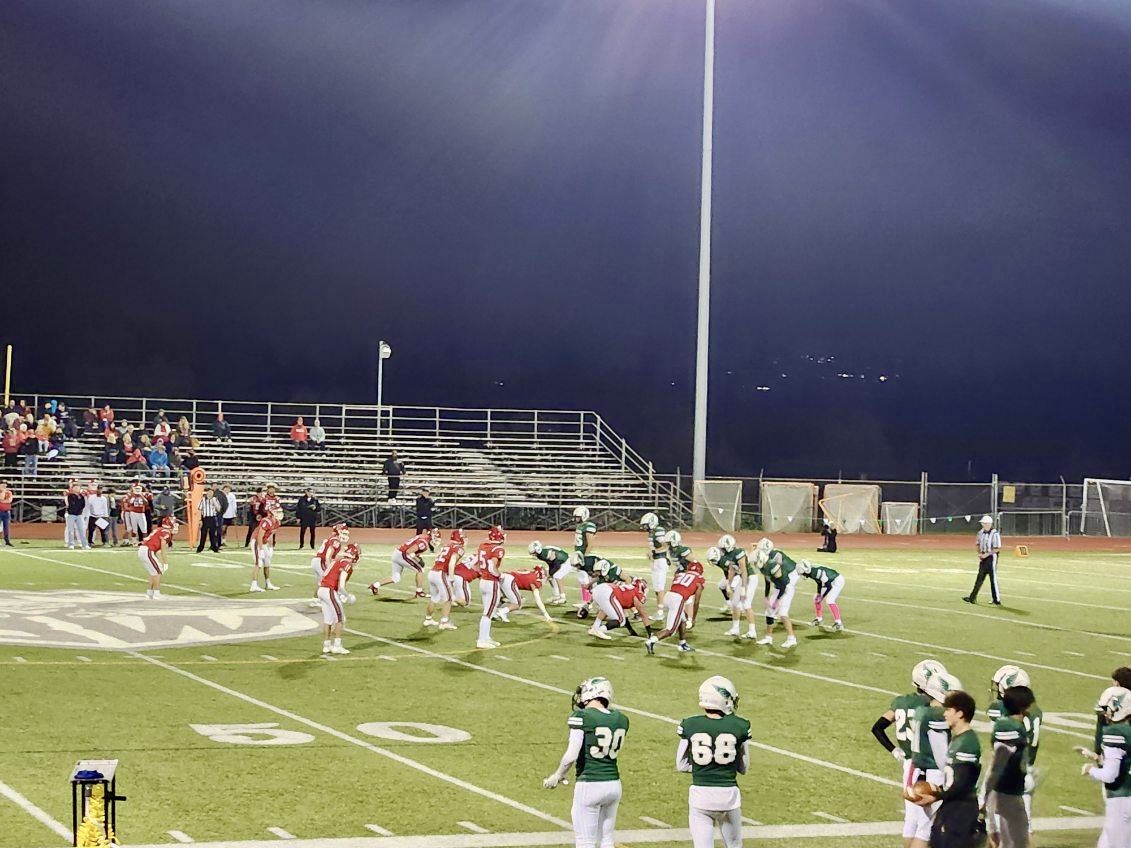Loud cheers from the student section could be heard from the Hillsdale food carts on Oct. 18 as the Ida B. Wells Football team was up 40-0 to the Lincoln Cardinals at halftime. The Guardians maintained their lead and became the championing birds at 46-16. The victory was extra special, maintaining the Guardian’s undefeated status in the PIL. Following the game, students were able to attend the homecoming dance which was themed “Miami Nights.”
The tradition of homecoming is one that dates back to the early 1900s college football games. The title of the first homecoming has long been debated between several universities including the University of Michigan, Northern Illinois University and Baylor University. Jeopardy and Trivial Pursuit settled the debate accrediting the idea of homecoming it to the University of Missouri (Mizzou).
The idea of coming home for a reunion was not revolutionary, but Mizzou seemed to be the first school to have that reunion coincide with a football game. In the end, the title of first homecoming goes to how you define the event.
In 1911, the Kansas-Missouri annual football game location was moved from Kansas City to Columbia. Worried that alumni and other attendants would no longer attend the game due to the changed location, the Mizzou football coach at the time, Chester Brewer, labeled the game as a reunion and offered other activities for visitors to partake in. The rebranding of the event attracted a crowd of over 9,000.
Harvard and Yale have had a long-standing rivalry dating back to 1875. Their rival football games attracted large crowds of onlookers, the majority being alumni of the two schools. Despite this rivalry, Harvard didn’t have its first official homecoming till 2009.
The University of Michigan had a long-standing alumni game dating back to 1897, yet it wasn’t considered “homecoming” as it was not a rivalry game. In 1900, the tradition changed to become a rivalry game, but the game did not receive its official homecoming title till 1947.
Indiana University was not new to the idea of alumni festivities that still surround many homecomings. In 1908, the school hosted its first “Gala Week,” but it did not feature a football game, meaning it could not be an official homecoming. The next year the festivities were moved to correspond with the school’s rivalry game with Purdue. In 1910, it was referred to as homecoming. To some, this means that it was the first official homecoming, yet the event didn’t feature a parade. Many insist that a parade must be present in order for it to be an official homecoming.
In 1909, Baylor University hosted a homecoming over Thanksgiving week. Yet the next homecoming for the school wasn’t until 1915, and then again in 1934.
Another competitor to Mizzou’s title is Illinois University which also hosted a homecoming game in 1910. The event was spurred by two students who wanted stronger connections between alumni and students at the university. Treated as a holiday, events such as a football game against the University of Chicago, an alumni baseball game and performances were hosted.
Indiana University and Illinois seem to have beaten Mizzou’s claim. Yet Mizzou hangs on to the title by its recognition of hosting the first homecoming with a pep rally, a parade, a bonfire and of course a rivalry game. These events are what many use to define the traditional homecoming. The final bit of evidence supporting Mizzou’s claim is that after their 1911 homecoming, it became a more widespread tradition; with several schools accrediting the inspiration for their festivities to Mizzou.
Over time the homecoming tradition has changed. Homecoming is no longer just associated with universities, having precedence over high school communities. In some communities parades are still a regular occurrence; however, at IBW we have a pep rally and an added spirit week. In exchange for the traditional bonfire, we have a school dance.
Despite variances in the institutional level and event festivities, the celebration of homecoming remains centered on uniting schools, alumni and the outside community.









